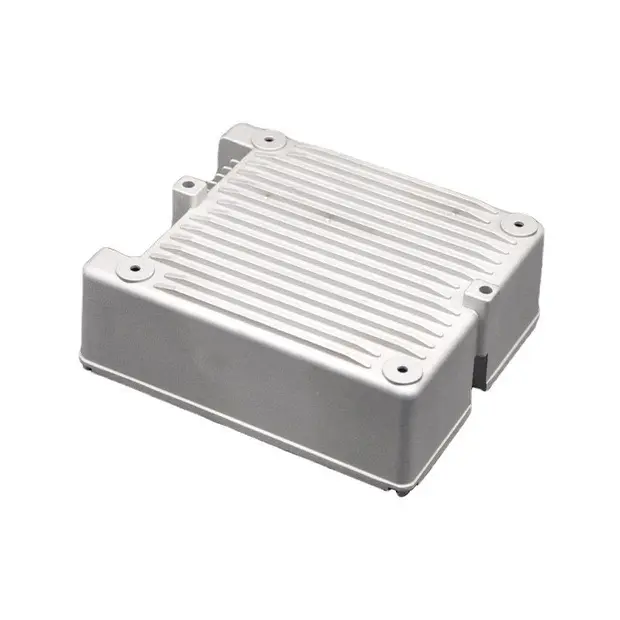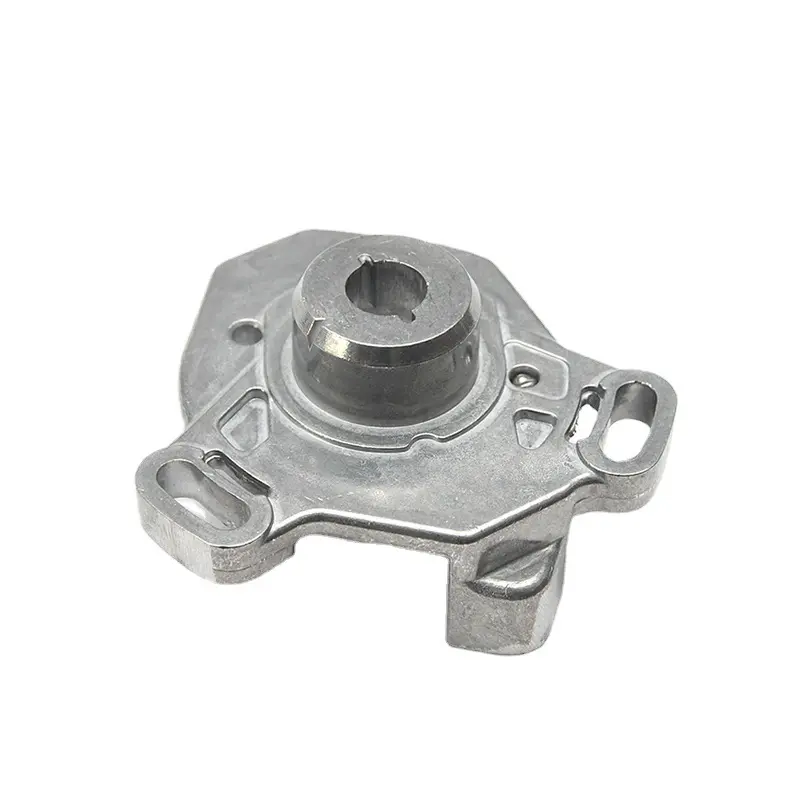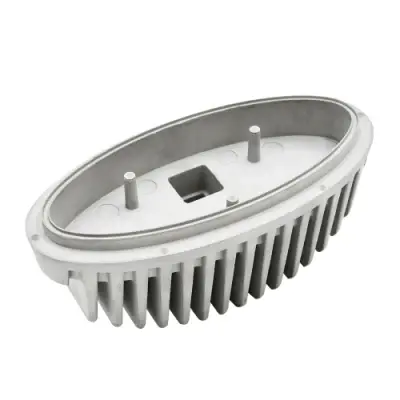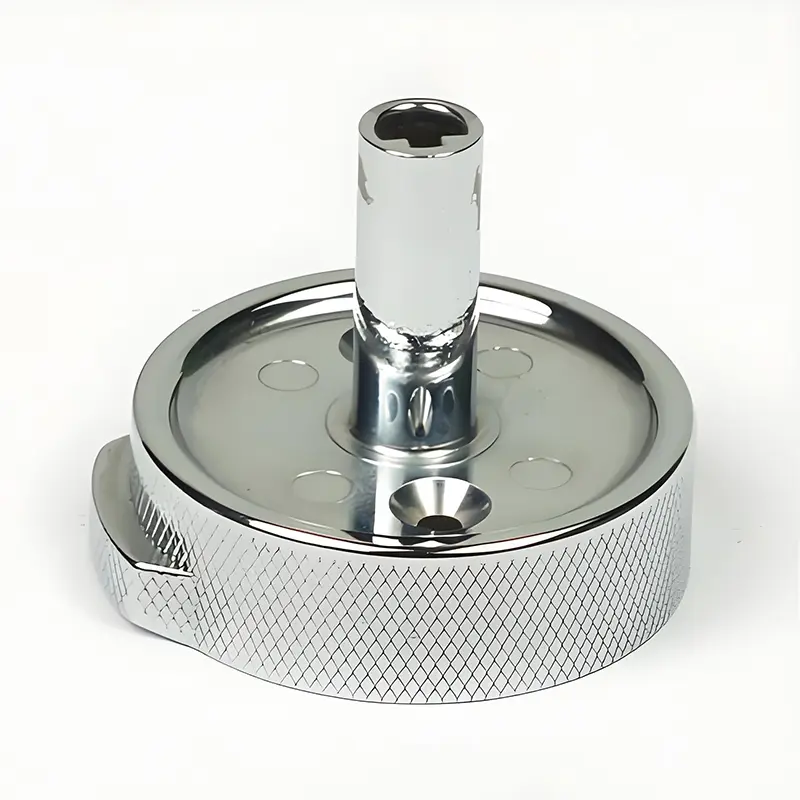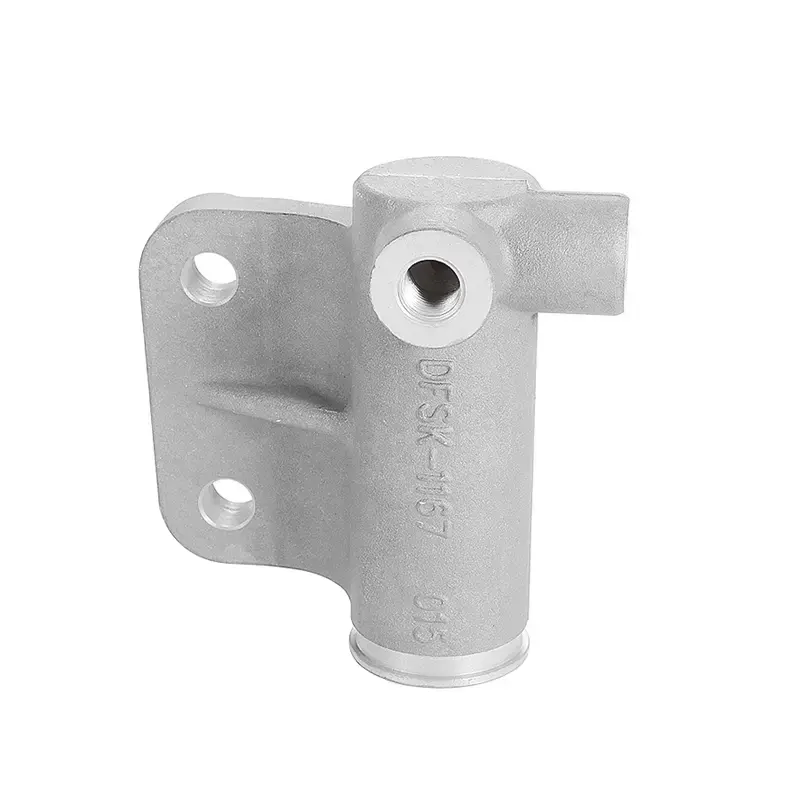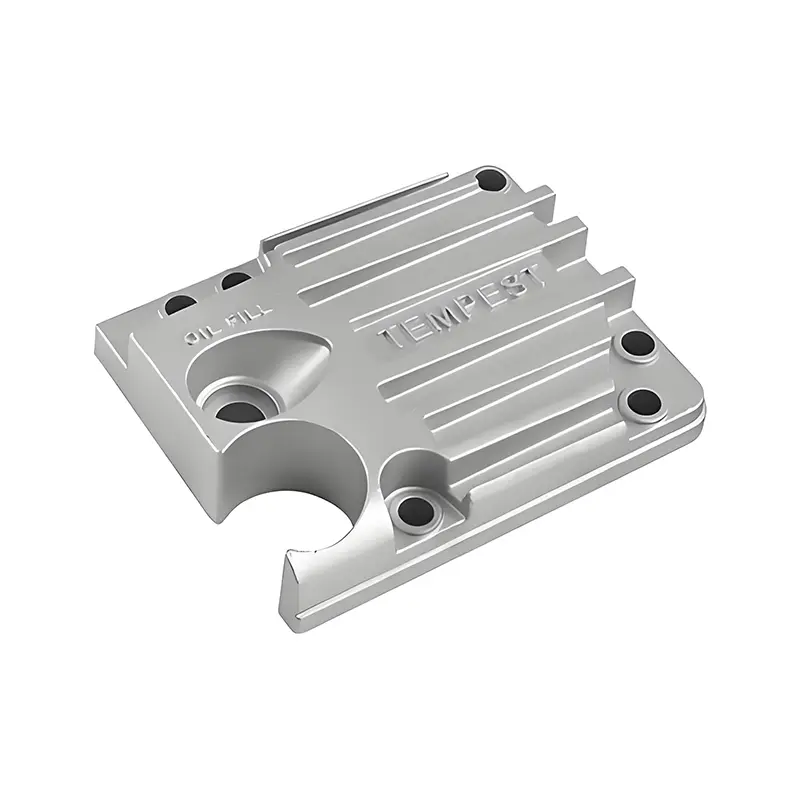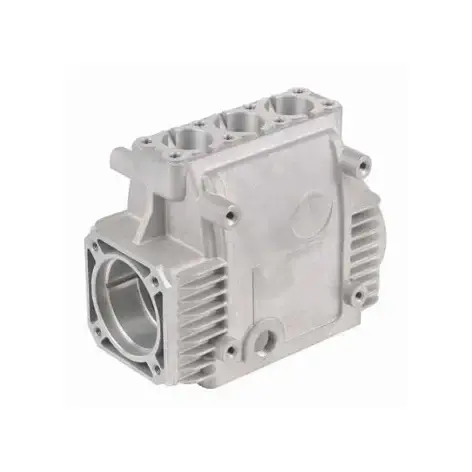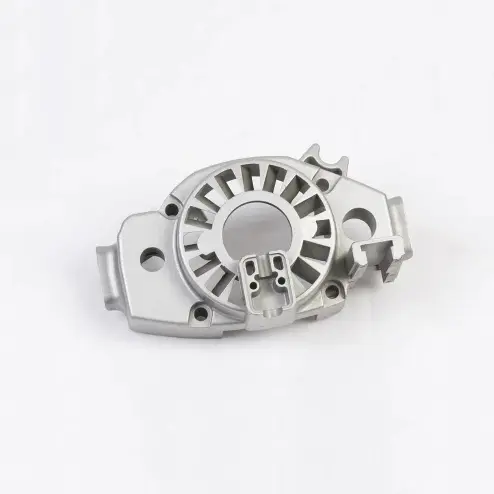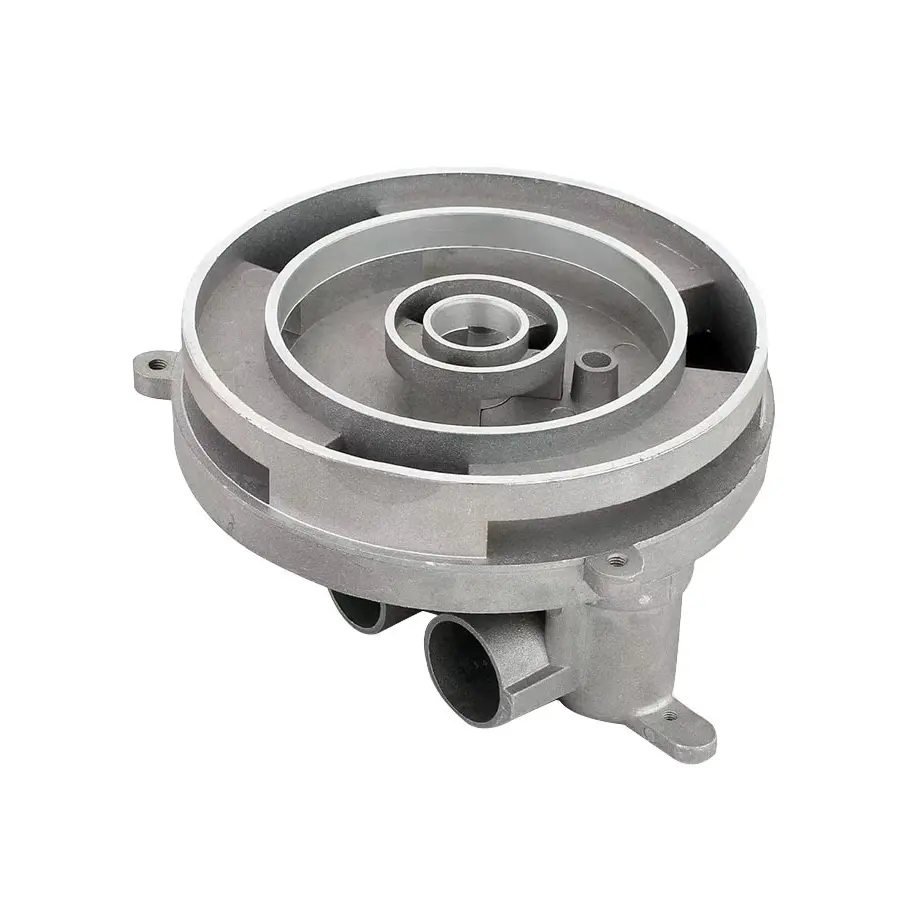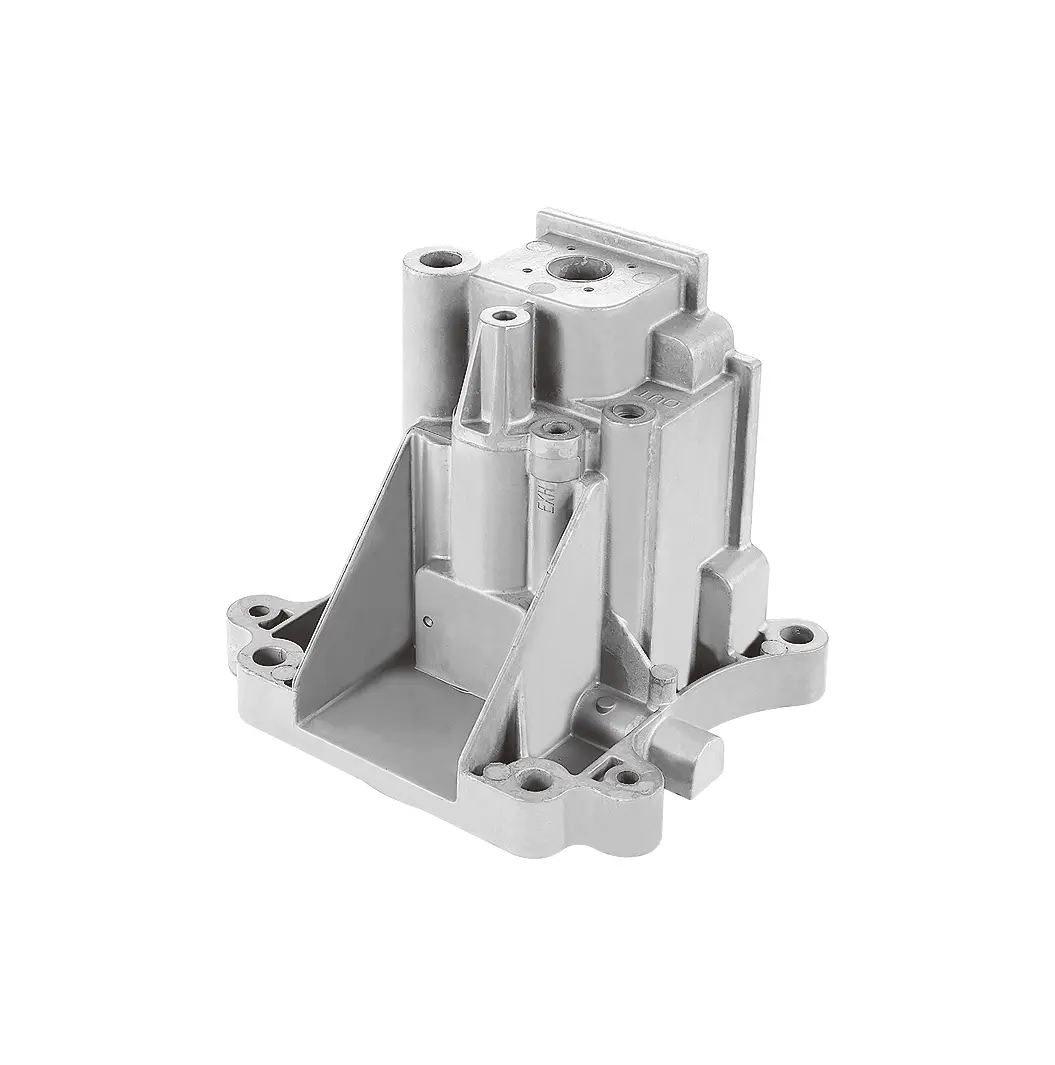 +86-13516964051
+86-13516964051 Test methods for corrosion resistance of aluminum alloy castings
Test methods for corrosion resistance of Aluminum Alloy Castings
In the global aluminum Alloy Die Casting market, corrosion resistance is one of the key indicators for measuring product quality. Aluminum alloy castings are widely used in aerospace, automobile manufacturing, construction and other fields, and their corrosion resistance directly affects the service life and reliability of the product.
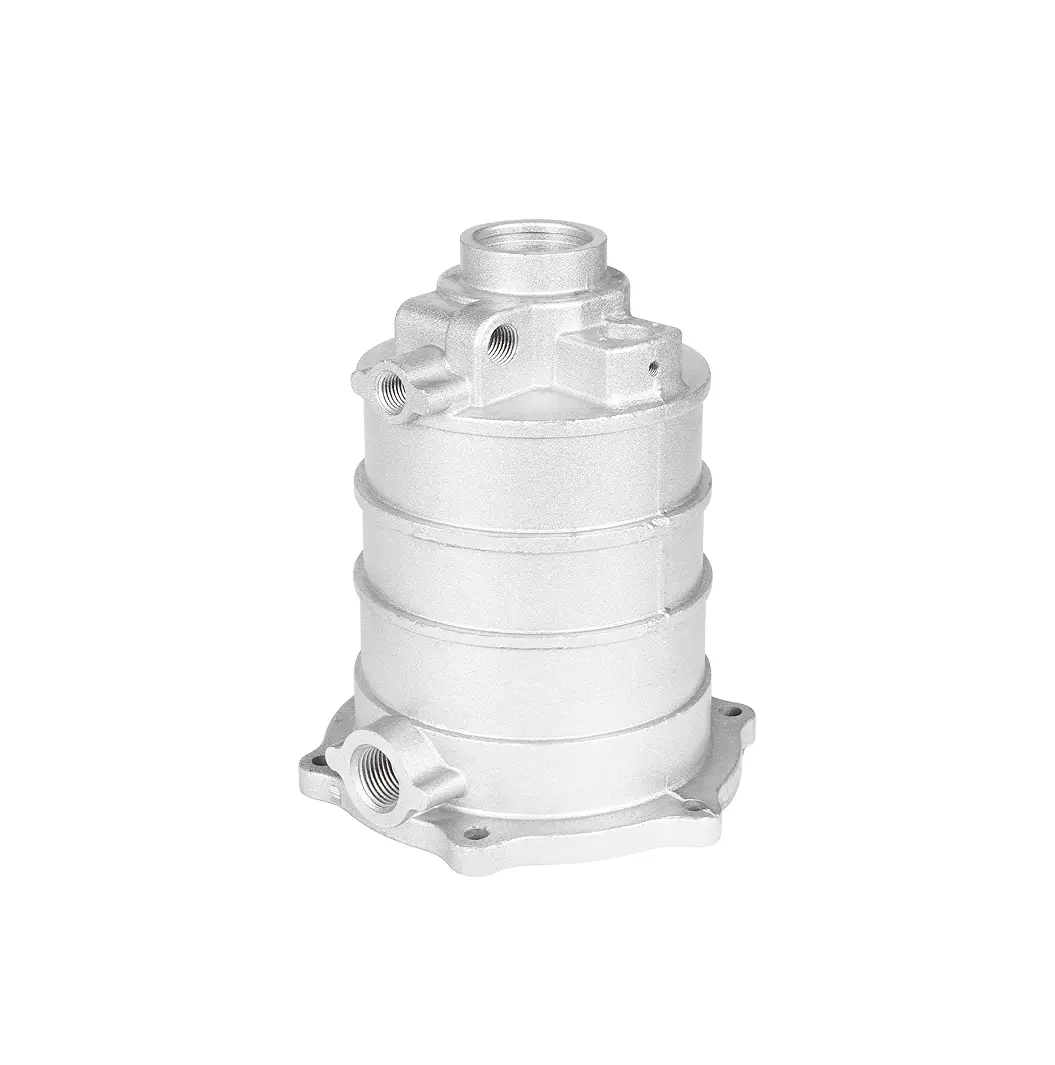
1. The importance of corrosion resistance testing of aluminum alloy castings
Aluminum alloys are prone to corrosion in complex environments (such as high temperature, high humidity, salt spray or chemical media), resulting in material performance degradation or even failure. Therefore, corrosion resistance testing is not only an important link in material research and development and production, but also the key to quality control. Through systematic testing, the performance of aluminum alloy castings under actual working conditions can be comprehensively evaluated, providing a scientific basis for product design, material selection and anti-corrosion process improvement.
2. Common corrosion resistance test methods
(I) Salt spray test
Salt spray test simulates the marine or industrial atmospheric environment to evaluate the corrosion rate and surface morphology changes of materials under salt spray conditions. Common salt spray test methods include:
Neutral salt spray test (NSS): Place the sample in a 5% NaCl solution and spray it for 24-1000 hours to evaluate the corrosion level. This method is suitable for most aluminum alloys and can simulate a mild corrosive environment.
Acidic salt spray test (AASS): Salt spray test is carried out in an acidic environment, usually using a 3.5% NaCl solution with a pH value between 3.1-3.3. This method is suitable for evaluating the corrosion resistance of aluminum alloys in acidic environments.
Copper accelerated salt spray test (CASS): Add copper ions to the salt spray solution to accelerate the corrosion process. This method is suitable for occasions where corrosion resistance needs to be quickly evaluated.
Cyclic salt spray test (CCT): Alternate salt spray, dry and wet stages, which is closer to the actual environment. This method can simulate complex environmental conditions and evaluate the corrosion resistance of aluminum alloys in different environments.
(II) Electrochemical test
Electrochemical testing evaluates the corrosion resistance of aluminum alloys by quantifying corrosion current density and corrosion resistance parameters. Common electrochemical testing methods include:
Polarization curve analysis: Determine the corrosion current density through dynamic potential scanning and calculate the corrosion rate. This method can provide detailed corrosion kinetics information.
Electrochemical impedance spectroscopy (EIS): Measure the impedance of the material at different frequencies to evaluate its corrosion resistance. This method can provide microscopic information of the corrosion process.
(III) Pitting and intergranular corrosion test
Pitting and intergranular corrosion are common forms of localized corrosion of aluminum alloys. Common testing methods include:
Pitting test: Evaluate the pitting sensitivity of aluminum alloys through immersion tests or electrochemical tests. This method can identify the pitting risk of materials under specific environments.
Intergranular corrosion test: Use nitric acid-hydrofluoric acid solution immersion, combined with metallographic analysis to determine the degree of grain boundary corrosion. This method can evaluate the intergranular corrosion sensitivity of aluminum alloys.
(IV) Stress corrosion cracking (SCC) test
Stress corrosion cracking test evaluates the crack resistance of materials under the synergistic effect of stress and corrosion. Common methods include:
Slow strain rate tensile test: The specimen is stretched at a slow and constant strain rate in a corrosive environment to promote the initiation and expansion of stress corrosion cracks. This method can evaluate the stress corrosion sensitivity of the material in actual use.
Constant load test: A certain load is applied to the specimen, and it is placed in a corrosive environment to evaluate its stress corrosion cracking behavior. This method is suitable for evaluating the reliability of materials in long-term use.
(V) Immersion test
The immersion test immerses the specimen in an acidic or alkaline solution and weighs it regularly to calculate the corrosion weight loss rate. This method is suitable for evaluating the corrosion resistance of materials in a specific chemical environment.
3. Selection and application of test methods
The selection of appropriate corrosion resistance test methods needs to be based on specific use environments and requirements. For example, for the aerospace field, cyclic salt spray tests and stress corrosion cracking tests may be needed to evaluate the performance of materials in complex environments; while for the construction field, neutral salt spray tests and electrochemical tests may be more applicable.
4. Test standards
There are many standards at home and abroad for standardizing the corrosion resistance test of aluminum alloy castings. Common standards include:
ASTM series: such as ASTM G31 (immersion corrosion test), ASTM G5 (standard method for polarization curve).
ISO standards: such as ISO 9227 (salt spray test), ISO 11845 (electrochemical impedance test).
GB national standards: such as GB/T 10125 (artificial atmosphere corrosion test), GB/T 7998 (determination of intergranular corrosion of aluminum alloy).
Industry standards: such as HB 5259 "Test method for intergranular corrosion of aluminum alloy" of the aviation industry.
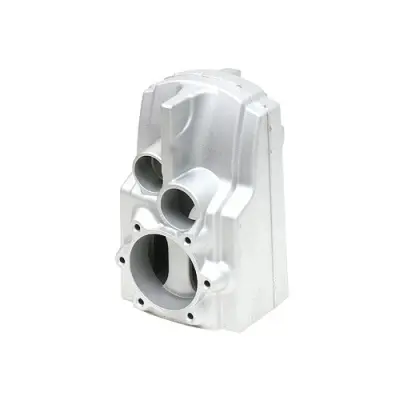
5. Evaluation of test results
The evaluation of test results usually includes the following aspects:
Appearance inspection: observe whether there is discoloration, blistering, corrosion and other phenomena on the surface of the sample.
Corrosion rate: evaluate the corrosion rate of the aluminum alloy sample by measuring the mass loss of the aluminum alloy sample per unit time.
Electrochemical properties: measure the polarization curve, potential difference, current density and other parameters of the aluminum alloy sample to evaluate its electrochemical properties.
Microstructure analysis: use optical microscope, scanning electron microscope and other equipment to observe the microstructure and corrosion product morphology after corrosion.








